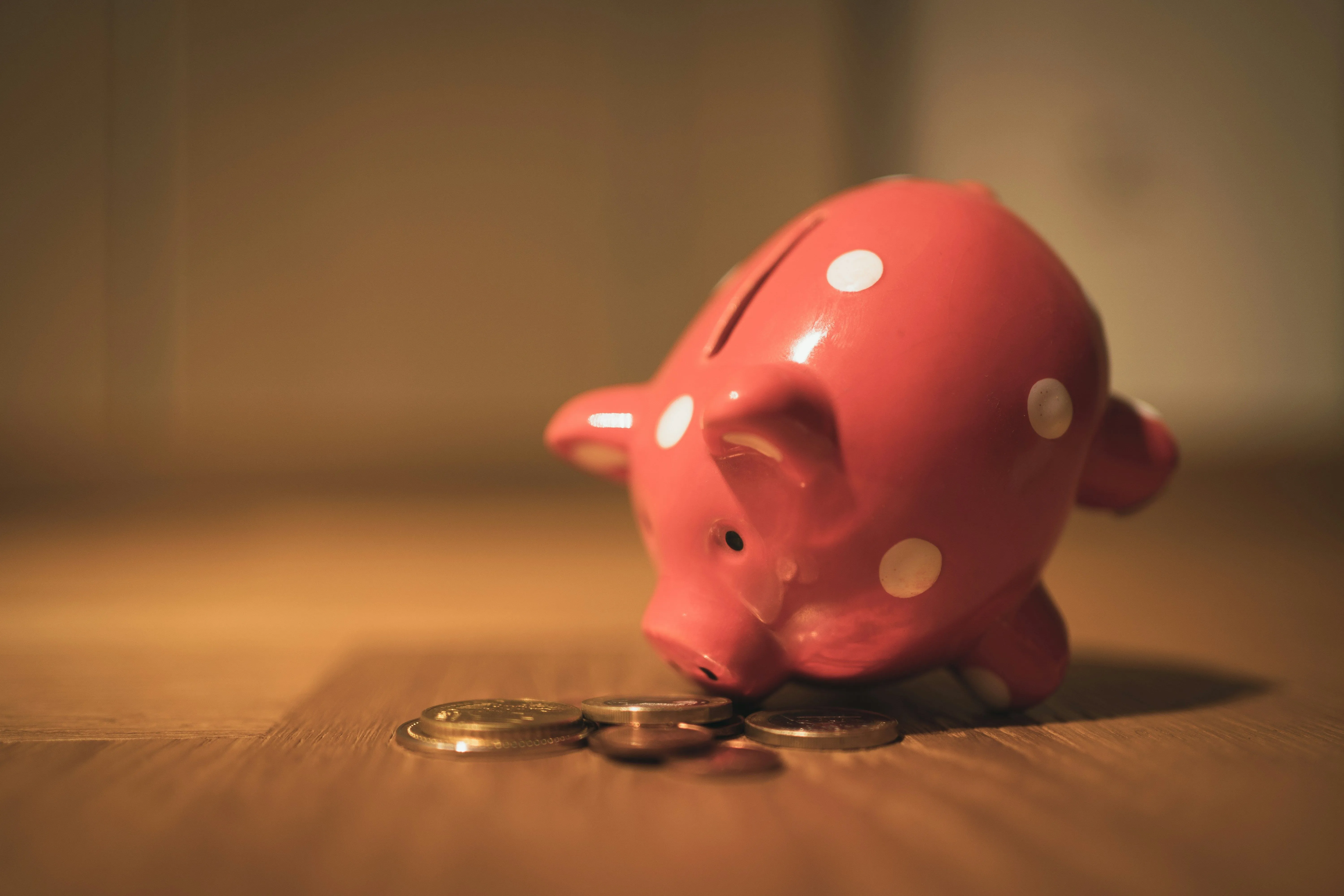OPINION: Budget 2025 Hits Creative Freelancers In The Pocket
A creative academic looks at the real implications for the many self-employed workers in the sector, following the government's latest financial decisions.

Jessie Anderson is a postgraduate researcher based at Waipapa Taumata Rau, the University of Auckland. With a background in the music sector, her research explores the intersections of cultural and social policy.
Freelance creatives – who already miss out on employer KiwiSaver contributions – could be further affected by changes announced in last week's Budget.
In order to make KiwiSaver more “fiscally sustainable”, the government has announced that annual state contributions “will be halved to 25 cents for each dollar a member contributes each year, up to a maximum of $260.72 from 1 July 2025.”
This is down from the current maximum contribution of $521.43.
Meanwhile, the default employee and employer contribution rate will increase from 3% to 4% of salary.
The government argues that “balances of employees contributing at the new default rate will grow faster than they do at the current default rate, providing a larger balance at age 65 or to buy a first home.”
However, this overlooks a significant group of workers: the self-employed.
By definition, they are their own employer – and under current legislation, they’re not eligible for employer contributions. With government contributions now reducing, and a shift in emphasis towards employer contributions, self-employed workers stand to miss out.
In an article for RNZ, Milford Asset Management's KiwiSaver head Murray Harris called the change a "real shame", saying it would undermine “one of the main incentives and reasons why people contribute, especially for the self-employed, who don't benefit from employer contributions."
This issue is magnified in the creative sector, where workers are far more likely to be self-employed than in the general workforce.
Data issued by the Ministry of Culture and Heritage (MCH) shows that 15.9% of New Zealanders were self-employed in 2023 – already a significant share of the workforce. But in the creative sector, that figure rose to 31%, nearly double the national rate.
While the general self-employment rate had declined over the past two decades, self-employment in the creative sector has steadily increased – from 25% in 2003 to 31% in 2023.
These disproportionate rates will come as no surprise to those working in the sector.
We know that many creative workers engage in freelance and project-based work. A permanent contract with a single employer remains rare.
Unfortunately, this also means that a disproportionate number of creative workers in Aotearoa will now see reduced contributions to long-term saving in their KiwiSaver. A system that already excluded them from employer contributions is now scaling back state contributions too.
Globally, this is a known issue. Research conducted by the International Labor Organisation shows that creative workers face distinct difficulties in accessing social protection compared to other sector.
But this is not the way things need to operate.
In Germany, the Artists’ Social Security Insurance Levy (Künstersozialkasse) offers self-employed creatives access to pension insurance on similar terms to salaried employees. The scheme recognises the high proportion of self-employment workers in the creative sector, and requires companies that hire artists – even if on a freelance basis – to contribute to their social insurance. The government tops this up so that together, employer and state contributions match the artist’s own.
A dedicated social security scheme for creatives may seem like a long shot in Aotearoa. But this issue goes well beyond the arts – it affects all self-employed workers. A more equitable model is not beyond possibility.
The government’s draft Amplify policy set an ambitious target: that by 2030, “the median income for creative professionals more closely matches the median income for New Zealanders earning a wage or salary.”
How last week's budget will help achieve that goal remains unclear.